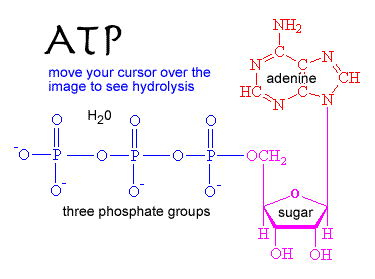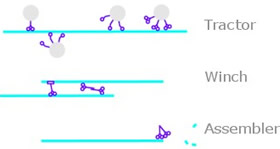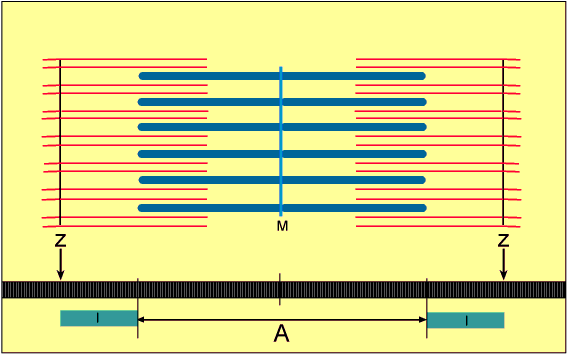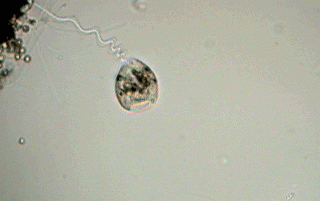Of course! The key to any such a design is to understand how ATP works at the nanolevel.
Inside a cell, the free energy stored in the structure of ATP is used to change the configuration of proteins.
The cleavage of ATP to ADP + phosphate gives the transfer of energy a direction.
The change in protein configuration associated with ATP binding/hydrolysis is then coupled to a system that leads to macroscopic (large scale) movement.



